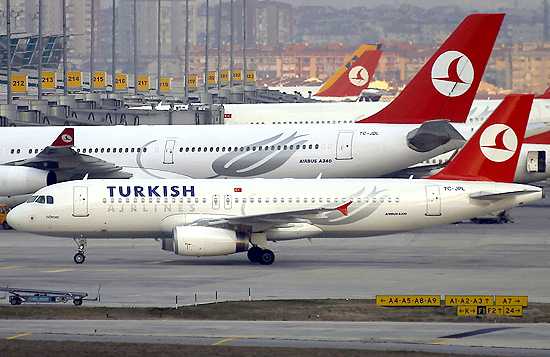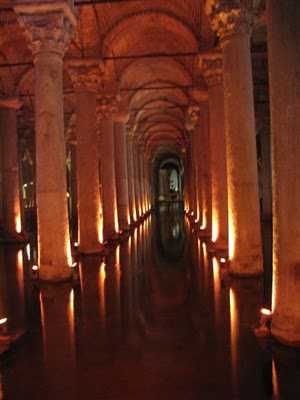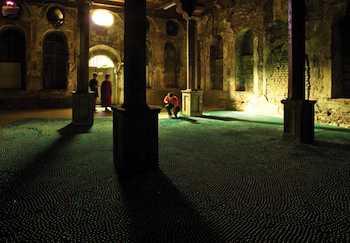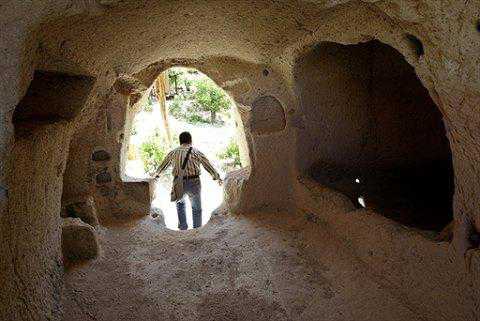By SUSANNE FOWLER
 The Pera Palace first opened in 1892 to serve the well-to-do passengers arriving on the Orient Express. In recent years, as its carpets and upholstery frayed, it developed a sort of aging dowager appeal. But in September, after a two-year, $30 million renovation, the hotel reopened with modern amenities installed and historic touches intact.
The Pera Palace first opened in 1892 to serve the well-to-do passengers arriving on the Orient Express. In recent years, as its carpets and upholstery frayed, it developed a sort of aging dowager appeal. But in September, after a two-year, $30 million renovation, the hotel reopened with modern amenities installed and historic touches intact.
LOCATION
The Pera Palace is a short walk from the shops on Istiklal Caddesi as well as the bars, cafes and restaurants in the Tunel area. It is also within a few blocks of performance spaces like Babylon and Salon.
THE ROOM
I reached my blissfully quiet Deluxe room on the fifth floor via a relic of the hotel’s glamorous past: the first electric elevator in Istanbul. (New ones are also available to the right of the lobby.) The décor, of dark woods and shades of sage, was soothing and tasteful. The supremely comfortable king bed was dressed in fine white linens, monogrammed shams, a feather duvet and an elegantly patterned textile. A dresser contained goodies like Harem-brand pistachio Turkish delight and Pringles. The minibar included Turkish and international beers and liquors (no price list was given). A flat-screen TV offered many channels including news stations in English.
THE BATHROOM
This was practically a private hammam. A gray marble shower stall had three water sources: a rain-forest shower head, a hand-held European-style sprayer and a waterfall spout perfect for soothing the neck and shoulders after a long plane — or train — ride. The stall, which held a seating area, was shielded by a patterned glass pane reminiscent of an Ottoman window’s privacy screen. (Some rooms also have bathtubs.) The rest of the bathroom was smallish, with a marble floor and countertop.
AMENITIES
The Pera Palace’s newly renovated Orient Bar is on the ground floor. The bar seems more low-key than it probably was when Hemingway drank there, but it’s easy to imagine lively gatherings on the adjacent open-air terrace. The hotel also renovated its French patisserie and Moorish-style tea salon; both are comfortable places to soak up the atmosphere while reading “Murder on the Orient Express.” There’s a spa on the lower level that has a sauna, a steam room, a fitness room, a small tiled swimming pool and a luxurious marble hammam. And the hotel contains a space that is a nod to history: the Ataturk Museum Room, where the founder of modern Turkey first stayed in 1917.
ROOM SERVICE
My Turkish Breakfast Plate (46 lira, or about $33 at 1.38 lira to the dollar) came in exactly the 20 minutes I was told it would take. The “plate” was actually two: one white Richard Ginori porcelain platter with the traditional Turkish breakfast of tomato, cucumber, cheeses and smoked meats with jams, honey in the comb and kaymak (a clotted cream), and a second with two perfectly fried eggs kept warm in a special “hot box” on the side of the trolley. The orange juice was freshly squeezed, and the filtered coffee and hot milk were served in silvery pots inscribed with “Pera Palas Oteli,” recalling the splendor of an earlier age.
BOTTOM LINE
Restored to its former glory, the Pera Palace bolsters the luxury lodging market in Istanbul. And with features like an elegant lobby and afternoon tea service, it appeals as much to nostalgia buffs as it does to high-end travelers.
Pera Palace Hotel, Mesrutiyet Caddesi, 52; Beyoglu; (90-212) 377-4000; perapalace.com. Rooms start at $320 with tax.
A version of this article appeared in print on November 14, 2010, on page TR4 of the New York edition.
via Hotel Review – Pera Palace Hotel in Istanbul – NYTimes.com.





